Explore practical strategies for decluttering your calendar to create a more organized, productive and stress-free lifestyle.
A declutter calendar is an efficient tool that can help you transform your cluttered space into a serene sanctuary, one day at a time.
This article will guide you in creating a personalized declutter calendar, that fits your schedule and preferences.
From categorizing your clutter, setting achievable goals, to maintaining your progress, every detail will be covered.
With this declutter calendar, you won’t just be organizing your surroundings, but also paving the way for a more organized life.
So, get ready to bid goodbye to chaos and welcome order and tranquility into your life.
Understanding Decluttering

Decluttering, in its simplest form, means removing unnecessary items from an area.
However, in a broader sense, it involves prioritizing the important, purging the nonessential and optimizing space for efficiency and productivity.
When applied to a calendar, it necessitates creating an organized, streamlined schedule that accommodates necessary commitments without causing stress or overburden.
A key aspect of decluttering is understanding the value of each commitment and learning to let go of those that do not contribute positively to personal or professional growth.
A well-decluttered calendar should ultimately result in a balanced lifestyle, improved productivity and less anxiety.
The Importance of a Decluttered Calendar

A clean calendar is key to leading a balanced life. Every minute filled purposefully reduces the strain of meeting unnecessary obligations.
By eliminating excessive commitments, you gain control over your time, paving the way for improved productivity and reduced stress levels. Furthermore, you free up room for personal growth and recreation, ultimately enhancing work-life balance.
A decluttered calendar is not just about having an organized schedule, but also about promoting overall wellness and balance in life.
Signs Your Calendar Needs Decluttering

The condition of your calendar can reflect the state of your life. If you’re constantly running late, missing appointments, or forgetting about scheduled tasks, it indicates a packed and disorganized calendar.
The stress of juggling too many commitments can also leave you feeling drained and anxious. If you experience a general sense of being overwhelmed, or find yourself declining requests you want to accept because you’re “too busy,” it’s time for a cleanup.
Lasty, a glaring red flag is having no time for leisure or relaxation, which is crucial for maintaining a healthy, balanced life. These symptoms collectively suggest the need for a calendar decluttering session.
Identifying Clutter in Your Calendar

To initiate the decluttering process, an honest assessment of your current schedule is vital. Start by reviewing your commitments, appointments, and recurring events.
Look for patterns that strain your time and energy. For example, you may consistently overrun meeting times or make redundant entries. Similarly, engagements that provide little to no value, or often lead to procrastination should be noted.
Don’t forget to scrutinize personal activities such as hobbies, social events, and downtime. By doing this, you will begin to see the clutter consuming your precious time and creating chaos in your day-to-day life. Identifying these clutter points is key to productive calendar decluttering.
The Consequences of an Overloaded Calendar

An abundant list of commitments can result in heightened stress levels, reduced productivity, and a decreased quality of life. The constant shuffling between tasks can leave you feeling helpless, causing burnout from overexertion.
Emotional and physical health may decline as well, as time for self-care and relaxation often gets overlooked. Decision-making abilities may diminish whilst rushing against time results in frequent mistakes.
The imbalance between personal and professional endeavors could lead to neglecting key relationships and personal aspirations. Understanding these consequences is critical for taking proactive steps towards a more ordered, balanced calendar.
How to Start Decluttering Your Calendar
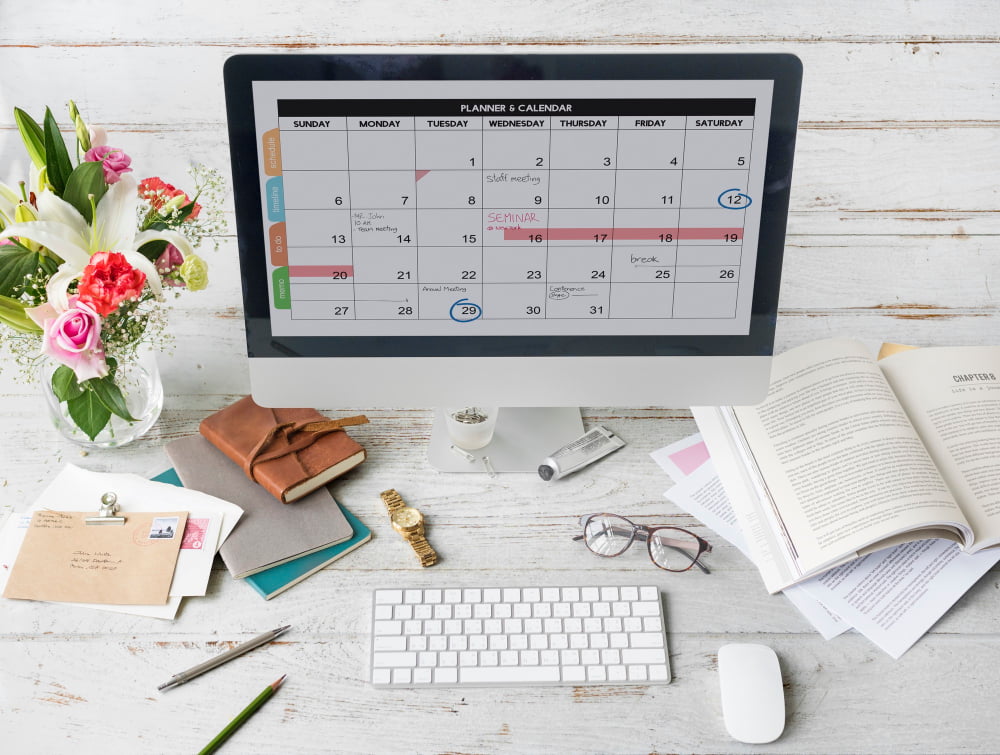
Embark on this journey by first taking a comprehensive look at your calendar. Make a note of priority events such as important appointments, birthdays, deadlines, or work-related tasks.
Then identify filler activities that might not be as crucial. These might include less significant meetings, infrequent social events, or optional commitments. Evaluate whether these events add value to your life or productivity. Can some of them be rescheduled, delegated, or even eliminated?
This might seem challenging at first, but remember: the aim is to free your time and alleviate stress. Make use of digital features like color-coding or separate calendars to easily differentiate these activities. The ultimate goal here is to ensure that your calendar reflects a balance of work, leisure, and personal growth activities, without overwhelming you.
Breaking Down the Calendar Decluttering Process
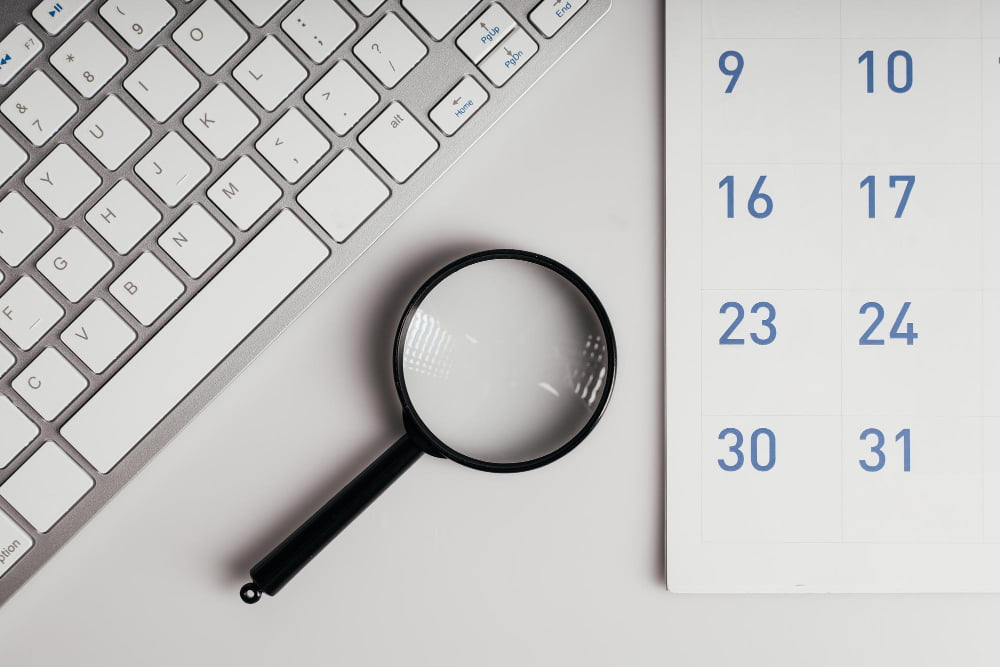
Begin by setting aside a dedicated block of time to assess your calendar thoroughly. Analyze and make note of all activities, tasks, and appointments. This is a critical step involving categorization and identification of items that are essential, those you enjoy, and ones that are neither beneficial nor enjoyable.
Remove the latter outright – these are clutter.
Next, take a look at the items you enjoy. Consider how integral they are for your personal growth, mental health, and overall well-being. If they aren’t contributing positively, it might be time to reconsider their place on your calendar.
For tasks that are essential but not necessarily enjoyable, explore ways to make them more efficient. Can meetings be condensed? Can errands be grouped geographically or logically to save time?
The outcome of this process should be a leaner, cleaner calendar where all contents present significant value to you. Remember, the goal is not to empty the calendar but to make room for what truly matters.
Identifying Needless Events
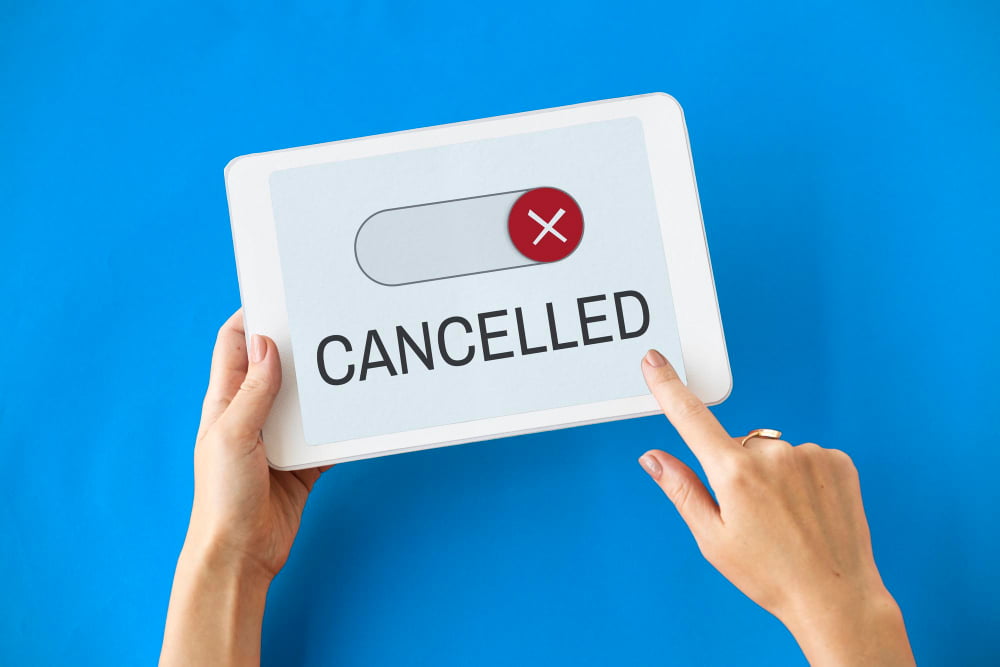
Begin by scrutinizing every event in your calendar. Examine the relevance and necessity of each event. Ask yourself: Does this event bring me closer to my goals or personal growth? Is it obligatory or optional?
If an event isn’t contributing to your professional or personal life meaningfully, it may be needless and potentially cluttering.
Recurring meetings warrant a special focus. Many may initially serve a purpose, but over time, they can become ineffective or irrelevant. Review these regular events critically and let go of the ones that don’t serve you anymore.
Remember, the aim is to quest for a less chaotic schedule, providing room for spontaneity and relaxation. Prioritizing quality over quantity is paramount. By eliminating needless events, you pave the way for more meaningful and fulfilling use of your time.
Prioritizing Your Tasks and Appointments
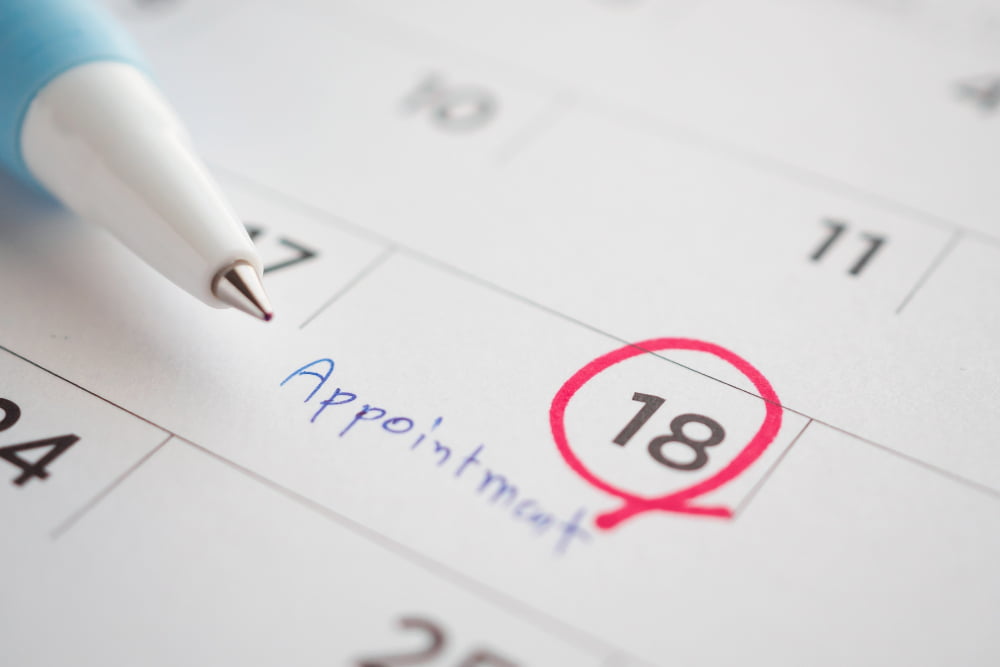
Begin by dividing tasks and appointments into four categories: Urgent and Important, Not Urgent but Important, Urgent but Not Important, and Not Urgent or Important.
Doing so will provide a clear picture of what is impacting your life profoundly.
Next, focus on activities in the first category; these require your immediate attention and action.
The second category often includes long-term goals and planning, which may be scheduled strategically in the calendar.
The third category consists of tasks that may seem urgent but are not directly contributing to your personal and professional goals.
They can be delegated or managed at later times.
Ultimately, minimize or eliminate entries in the fourth category, freeing up time and reducing clutter on your calendar.
This effective method of prioritization aids in streamlining your calendar, making it a powerful tool in managing your daily life effectively.
Balancing Personal and Professional Calendar Entries
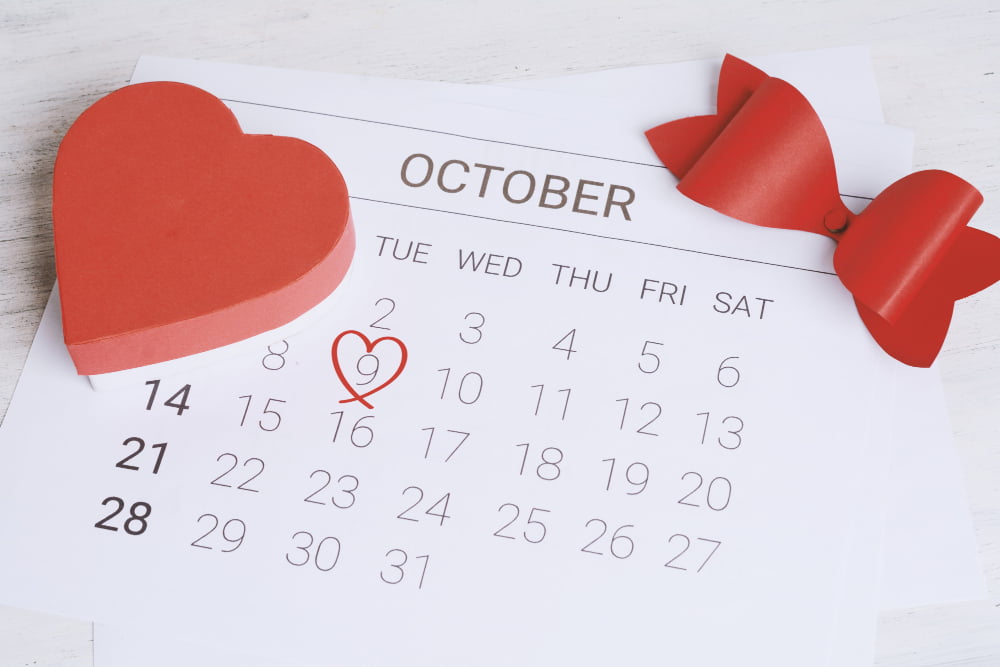
Both work obligations and personal activities require adequate time to create a healthy work-life balance.
First, categorize your calendar entries into work-related and personal.
For work, include meetings, projects, and deadlines.
For personal, consider quality time with family, hobbies, and self-care.
Next, allocate realistic timeframes to each category.
Overestimation can leave you rushed, underestimation can create overflow.
Avoid scheduling back-to-back commitments, leave breathing space for unexpected delays.
Then, use color coding to visually differentiate between both types of entries.
This not only appeals visually but also allows you to quickly assess if your schedule appears balanced at a glance.
Lastly, use your off-peak hours wisely.
If you find yourself more energetic in the mornings, schedule tasks that require the most concentration during this time.
More routine activities can be left for times when you usually experience a slump in energy.
Regular assessment of your calendar will maintain this balance and contribute to a more organized and productive lifestyle.
How to Say No to Unnecessary Appointments

Establish boundaries by assessing whether an appointment is crucial before scheduling it. If it doesn’t contribute to your personal growth, productivity, or essential responsibilities, consider declining. Use tactful language to communicate your unavailability.
A simple ‘Unfortunately, my schedule won’t allow it at that time’, can save you time and unnecessary stress. Once declined, replace it with something beneficial like personal time for relaxation, a task aligned with your longer-term goals, or simply allowing some space between appointments for a breather.
Remember, every ‘no’ you say to something that doesn’t serve you is a ‘yes’ to something that does.
Handling Recurring Events
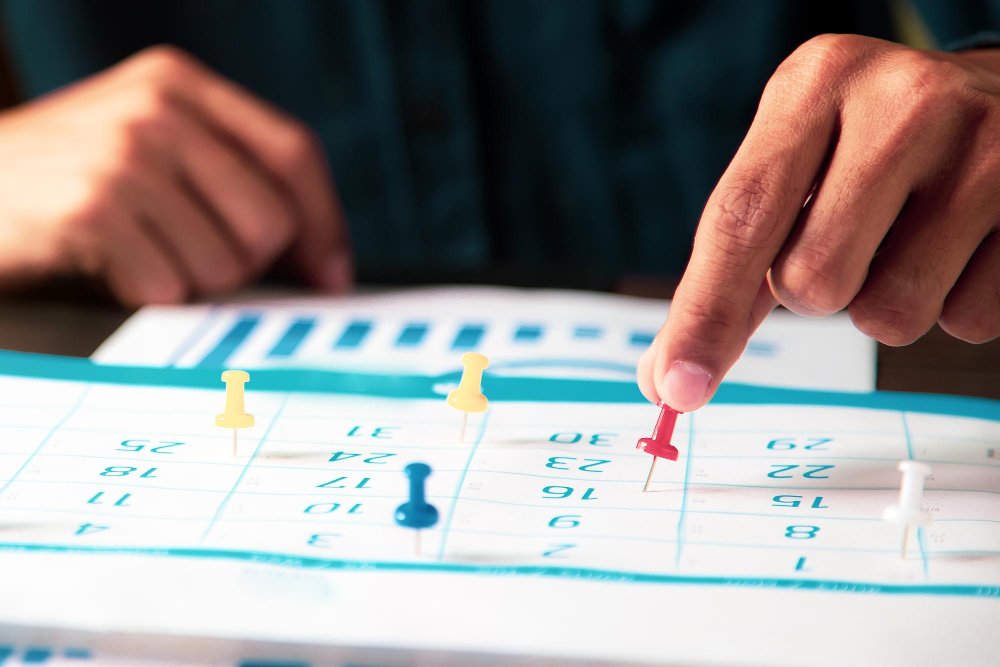
Recurring events often take up significant space on your calendar. They can include anything from regular team meetings to annual doctor’s check-ups.
Start by reviewing each of these events individually to determine their importance. Cancel any meetings that have become redundant or could be handled via email. Adjust the frequency of necessary recurring events if they don’t require a weekly or monthly slot.
For essential sessions that cannot be reduced, consider shortening the duration. You’ll be surprised by how much time can be saved by having a focused, concise discussion.
Finally, cluster similar recurring activities together where possible. This practice, known as time blocking, can greatly increase productivity and free up more significant chunks of time in your schedule. For instance, instead of having separate bi-weekly meetings with your team members, you could organize a single bi-weekly group meeting.
Similar strategies can be employed for personal events as well. Remember, every minute saved contributes to a decluttered calendar and lifestyle.
Using Digital Tools for Calendar Decluttering
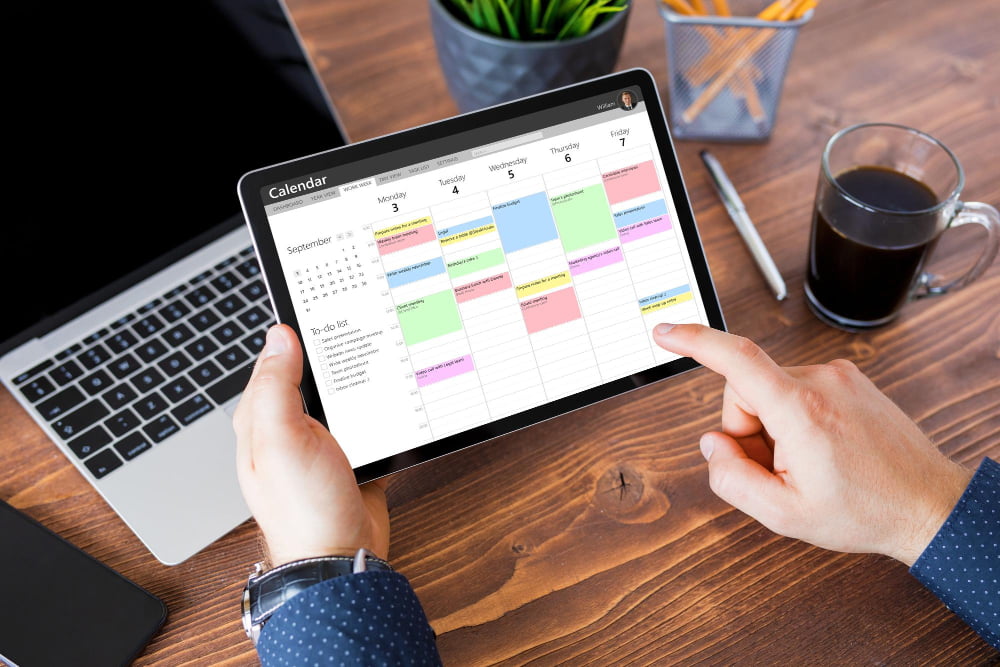
A variety of digital tools can expedite the decluttering process. Online calendars such as Google Calendar or Outlook can provide a visual graph of your commitments, allowing you to easily identify overlaps and unnecessary events. Most platforms also offer color coding to categorize personal and professional activities.
Moreover, these tools feature notification systems to alert you of upcoming events, reducing the need of manual checks. Importantly, they allow easy editing and deletion of events, promoting flexibility as your schedule evolves.
Task management apps like Asana, Trello, or Evernote can further complement your decluttering efforts. These help break down larger tasks into doable steps, track your progress and ensure you stick to your decluttering goals. Integrating these with your digital calendar can keep all your time management efforts streamlined and in one place.
Nonetheless, using digital tools is effective when paired with a judicious evaluation of your commitments. Remember, the essence lies in learning to discern between essential and superfluous tasks.
Paper Calendar Decluttering

Working on a physical planner? Sifting through numerous, half-filled pages can be overwhelming.
Start by removing outdated and flushed-out tasks completely.
Adopt a color coding system for different categories – work, family, personal goals, etc., eradicating visual clutter.
Maintain brevity in scribbling down tasks.
Find a concise way to scribble tasks to save space and make reading easier.
A note like “Workout 4 PM“, can replace longer sentences.
Lastly, utilize a sticky note system for tentative tasks.
These are tasks or events that are still uncertain or prone to change.
A sticky note can be easily moved or removed, reducing clutter caused by crossing out or erasing.
Establishing Regular Decluttering Sessions
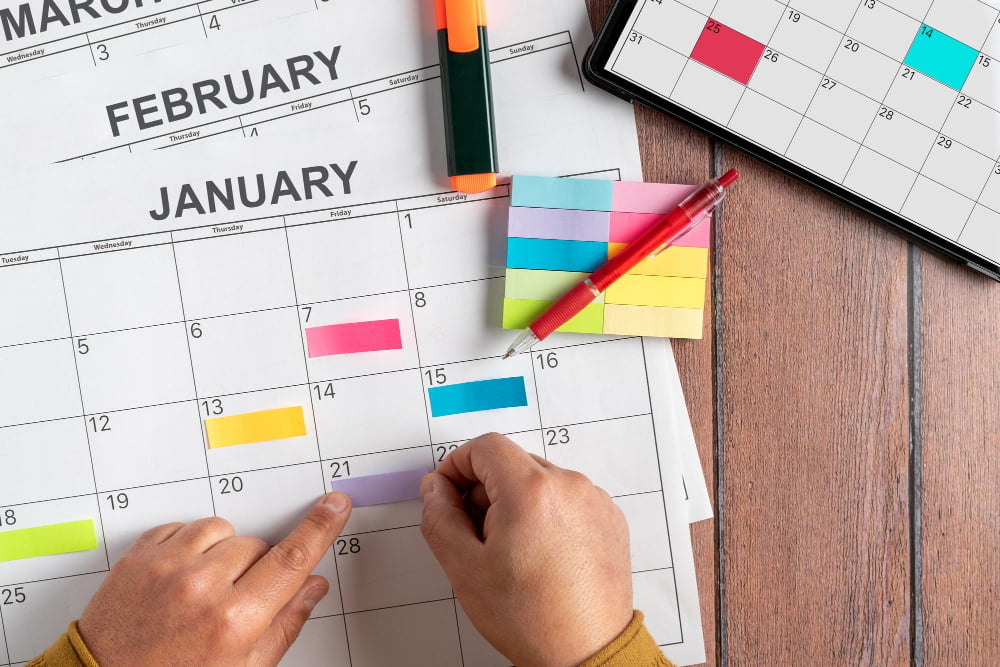
Start by designating a specific time each week for attending to your schedule. Whether it falls on a quiet Sunday evening or a mid-week afternoon, the key is consistency. Treating this activity as a regular appointment increases the odds of its fulfillment.
Aim to assess upcoming appointments, identify any overlapping activities, or double-booked time slots, and promptly rectify these.
Apply priority filters when going through each entry. Ask questions like: does this meeting directly influence my top priorities? Could a less time-consuming communication method achieve the same result? By asking these, you not only streamline your calendar but also align it with your core goals.
Remember, the essence of these sessions is not to strip your schedule bare, but to create a balanced and manageable calendar.
Achieving Productivity With a Clean Calendar
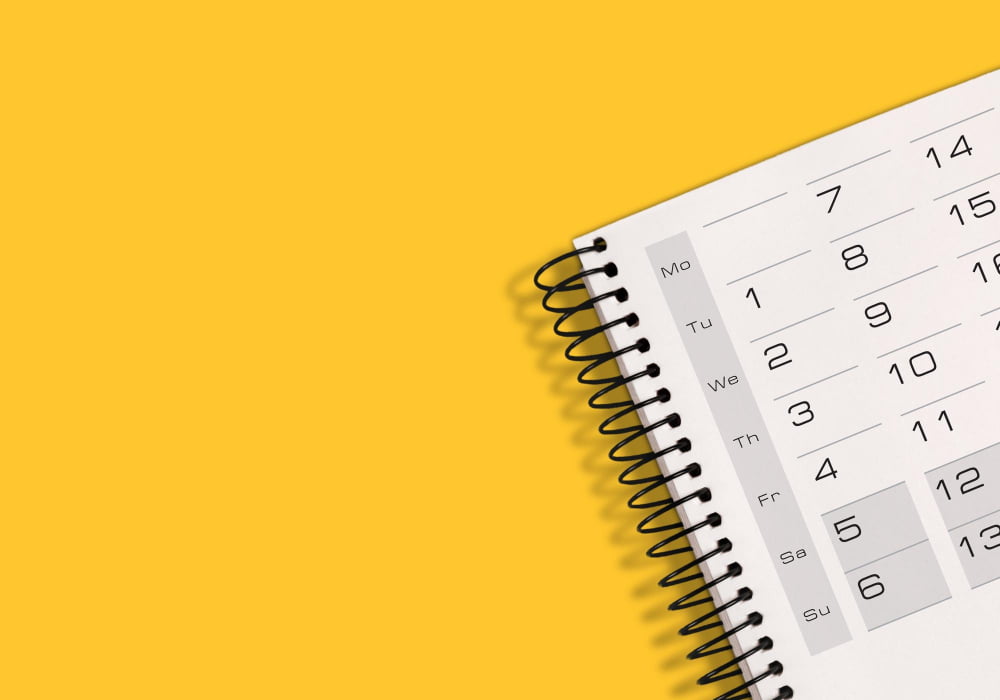
Once your calendar is decluttered, it is primed to boost your productivity. Begin by optimally fitting in your most important tasks to ensure you focus on priority areas. Proceed by allocating set durations for each task to limit procrastination and keep your schedule on track.
Remember to weave in breaks to keep your mind refreshed and prevent burnout.
To leverage the most out of your decluttered calendar, avoid multitasking. By focusing on one task at a time, you ensure maximum concentration and higher quality output. Look for patterns in your productivity – your most productive and least productive hours – to further optimize task allocation.
Finally, consider adopting the time blocking technique where you block portions of your day for different activities. Add buffers between tasks to accommodate for any unexpected changes or overruns. With a decluttered calendar on your side, you are all set to enjoy the fruits of enhanced productivity.
The Psychological Benefits of Decluttering Your Calendar

A decluttered calendar has profound effects on mental well-being. It alleviates stress induced by a cluttered schedule. Managing a clear calendar improves focus, promoting better task-completion rates. This enhances the feeling of accomplishment and satisfaction, boosting overall mood.
Moreover, decluttering aids in eliminating decision fatigue as it reduces the number of insignificant decisions. A streamlined, organized calendar represents clarity, facilitating more effective decision-making. This leads to higher productivity, creating a positive cycle that further enhances mental health.
Decluttering can even improve sleep patterns. With less worry about overlooked obligations or missed appointments, the quality of sleep improves, contributing to better health and greater productivity.
Furthermore, the process of decluttering itself can be therapeutic. Letting go of superfluous tasks offers a sense of control and a break from the regular routine, akin to mindfulness practices. This contributes to an overall decrease in anxiety, and with it, an increase in happiness.
Finally, maintaining a clutter-free calendar allows more time for self-care and leisure activities. These essential elements for a balanced life often fall through the cracks of an overloaded schedule. By decluttering, time is reclaimed for activities that nourish the soul and promote mental wellness.
Effective Time Management After Calendar Decluttering

With a decluttered calendar, it’s easier to manage time effectively.
Prioritize tasks based on their importance and deadlines.
Utilize times of high productivity for more complex tasks and fill the gaps with simpler ones.
Implementing a routine can provide structure, promoting efficiencies and reducing wasted time.
You may also consider time blocking, a strategy where similar tasks are grouped and performed within a specific block of time, further increasing efficiency.
Likewise, taking regular breaks can prevent burnout and maintain productivity.
Stay flexible, allow for interruptions, and adjust accordingly.
Lastly, learn to delegate and outsource when possible to optimize usage of your time.
Re-evaluating Long Term Goals and Vision
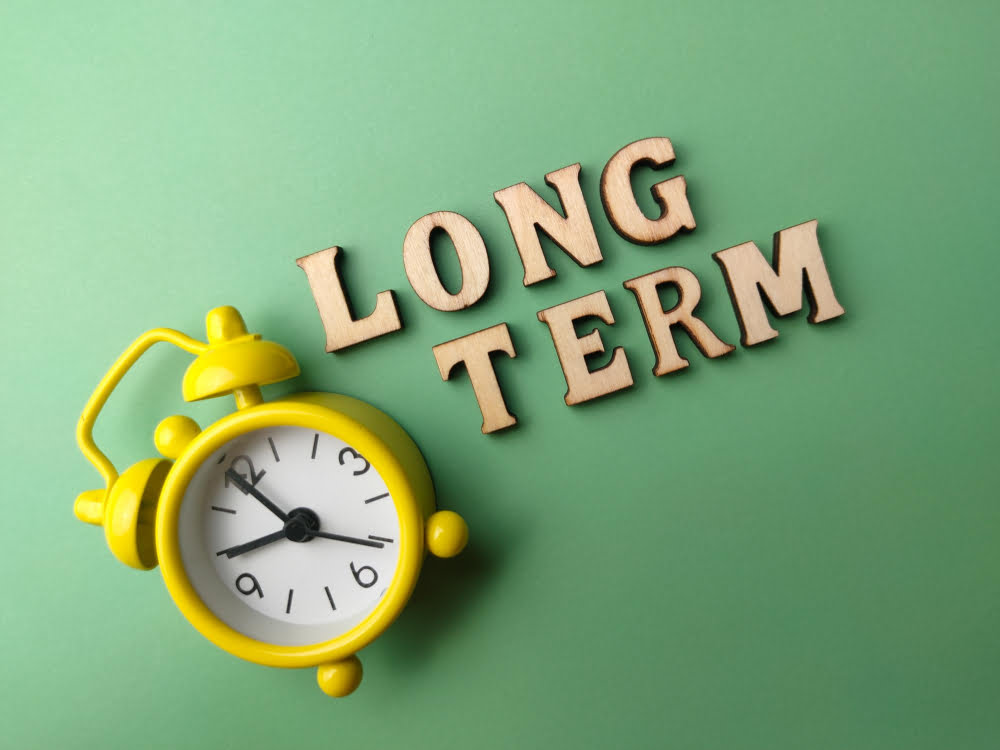
Adopting a decluttered calendar can open up opportunities for reassessment of your long-term objectives. Freed from the distractions of unnecessary tasks, you can align your time and energy towards your ambitions more effectively.
Ask these hard questions: Are there goals that no longer serve your personal or professional growth? Has your vision shifted with new circumstances? Apply this newfound clarity to refine or redefine your aspirations.
Remember, a streamlined calendar is not just about eliminating clutter but reorienting your life towards fulfillment.
To help this process, try envisioning where you want to be in one, three, or five years, and consider if your current commitments align with this.
If not, it’s time to make amendments. Prioritize those endeavors that lead you closer to your aspirations and minimize or remove the others that veer you off course.
This conscious realignment can catalyze personal and professional growth, reinforcing the benefits of a decluttered calendar.
FAQ
What is the 20 rule decluttering?
The 20/20 rule of decluttering suggests that an object should be discarded if it can be replaced for under $20 and within 20 minutes.
What is the 30 day declutter challenge?
The 30-day declutter challenge is a method that involves disposing of one bag of unnecessary items daily for a continuous 30 days.
What is the first rule of decluttering?
The first rule of decluttering is to avoid having a ‘Maybe Pile,’ which underscores the importance of making decisive choices about retaining or relinquishing each item.
How can the four-box method streamline the decluttering process?
The four-box method simplifies the decluttering process by categorizing items into four distinct groups: keep, sell/donate, store, or toss, thereby streamlining decision-making and enhancing organization.
What are the key steps involved in the KonMari method of decluttering?
The key steps of the KonMari method of decluttering involve categorizing belongings, thoroughly going through each category, keeping only things that spark joy, discarding everything else, and eventually organizing items left in a way that respects and appreciates them.
How can the “One Year Rule” impact decisions while decluttering?
The “One Year Rule” in decluttering, which propounds discarding items not used in the past year, impacts decision-making by promoting mindfulness towards utility and frequency of use, ultimately curbing hoarding tendencies.